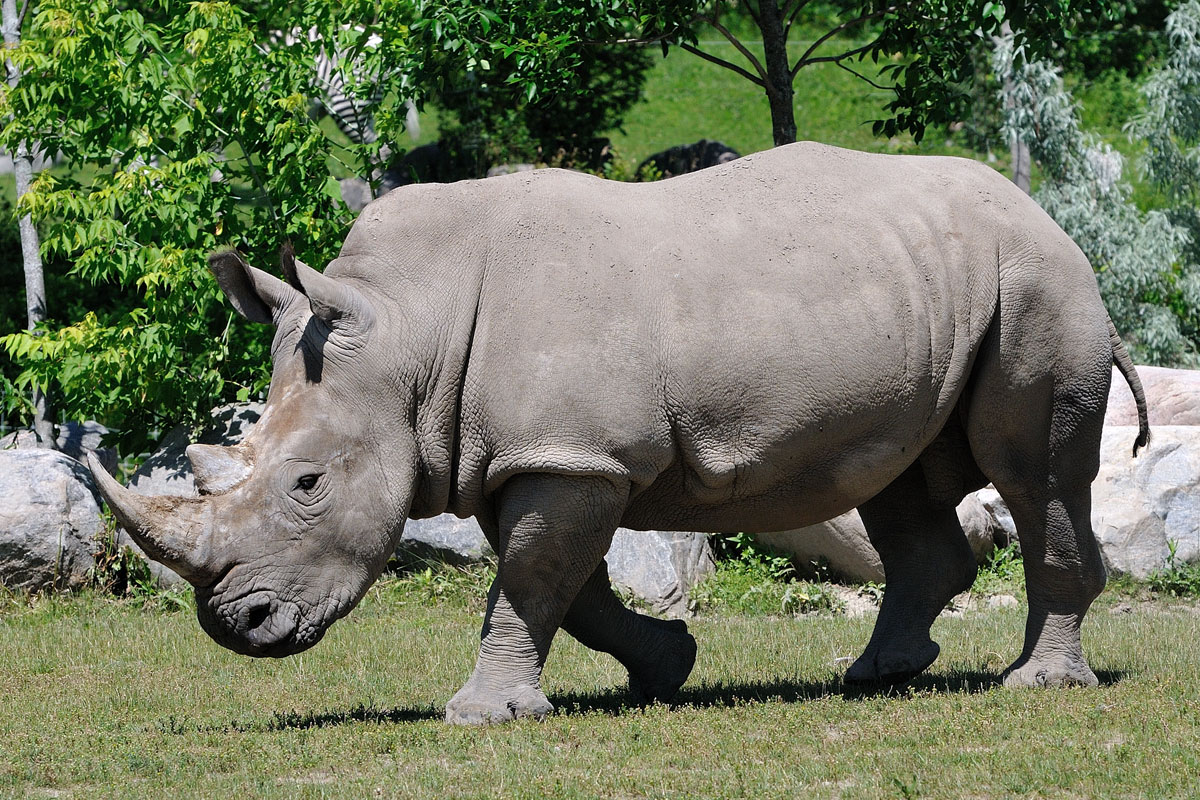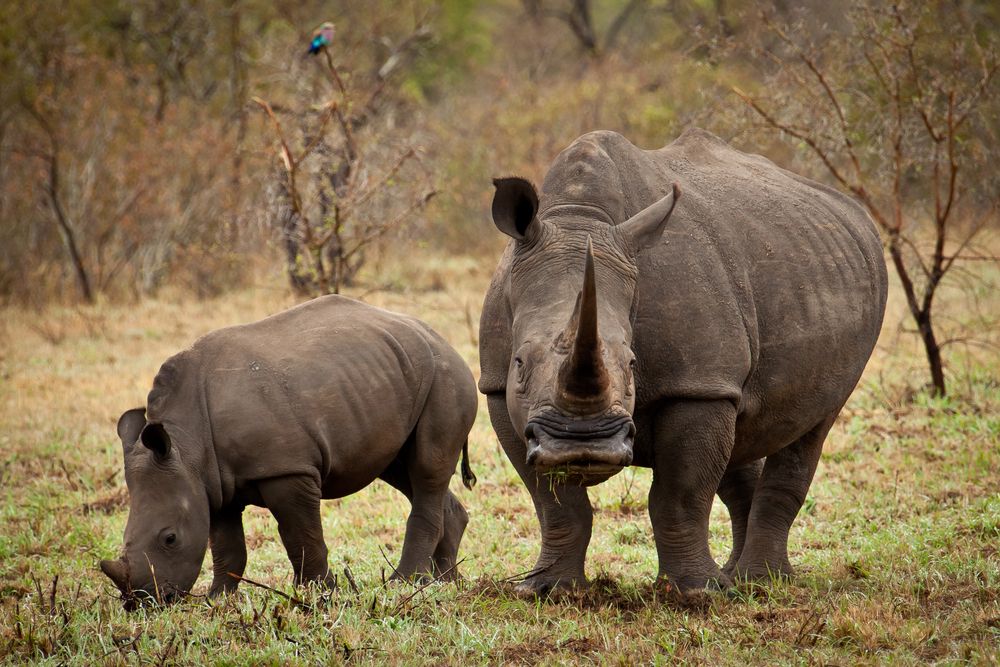

Preferred sites are in dead palm logs, either standing or on the ground, or the stumps of palms. The eggs are laid by adult females in a burrow of organic dead or dying material.

Check with your local biosecurity / quarantine or SPC for more information. Biotypes must be identified using genetic tests, which could be done by a number of laboratories around the Pacific. To identify the biotype of CRB in your area, contact SPC in the first instance or Sean Marshall at AgResearch in New Zealand.
This means CRB-G can reach very high numbers that cause severe damage in palm plantations, and is very difficult to control. Sometimes people use the term CRB-P instead of CRB-S.Įxternally the adults of both biotypes look identical, but CRB-G is not affected by the viral biocontrol isolates that have been used to control CRB-S. Metamorphic life cycle of CRB (© Aubrey Moore, University of Guam)ĬRB has two different 'biotypes' in the Pacific, known as CRB-S ( biotype s usceptible to known virus isolates) and CRB-G (Guam biotype). coconut frond piles or debris and rotten coconut stumps. However, adult females will also lay their eggs in a burrow of organic dead or dying material e.g. The preferred breeding site for CRB are dead standing coconut palms and the entire life-cycle is completed in this situation. Normally you don't see the eggs, larvae or pupae as these are buried in the dead coconut logs or trunks or other rotting materials. Melanesian coconut rhinoceros beetle eggs are difficult to see. The four main stages of the beetle life-cycle are eggs, larvae, pupae and adults. This means they go through distinct changes, with body forms that are very different. Beetles have what is known as a complete metamorphic life cycle. On this page: Life-cycle and identification : Symptoms : Impacts : Distribution : Prevention : Controlling CRB : Information sources and further reading Life-cycle and identificationĬRB are beetles. Oryctes rhinoceros (Linnaeus) other Oryctes species can also cause problems This is the HIGHEST risk pest of coconut in the Pacific, mostly due to a new biotype that is not controlled by the virus isolates that are used for biological control.

The coconut rhinoceros beetle (CRB) is a common pest insect in the Pacific. You are here: Home» Coconut pests & diseases» Coconut rhinoceros beetle - Oryctes rhinoceros Coconut rhinoceros beetle - Oryctes rhinoceros


 0 kommentar(er)
0 kommentar(er)
